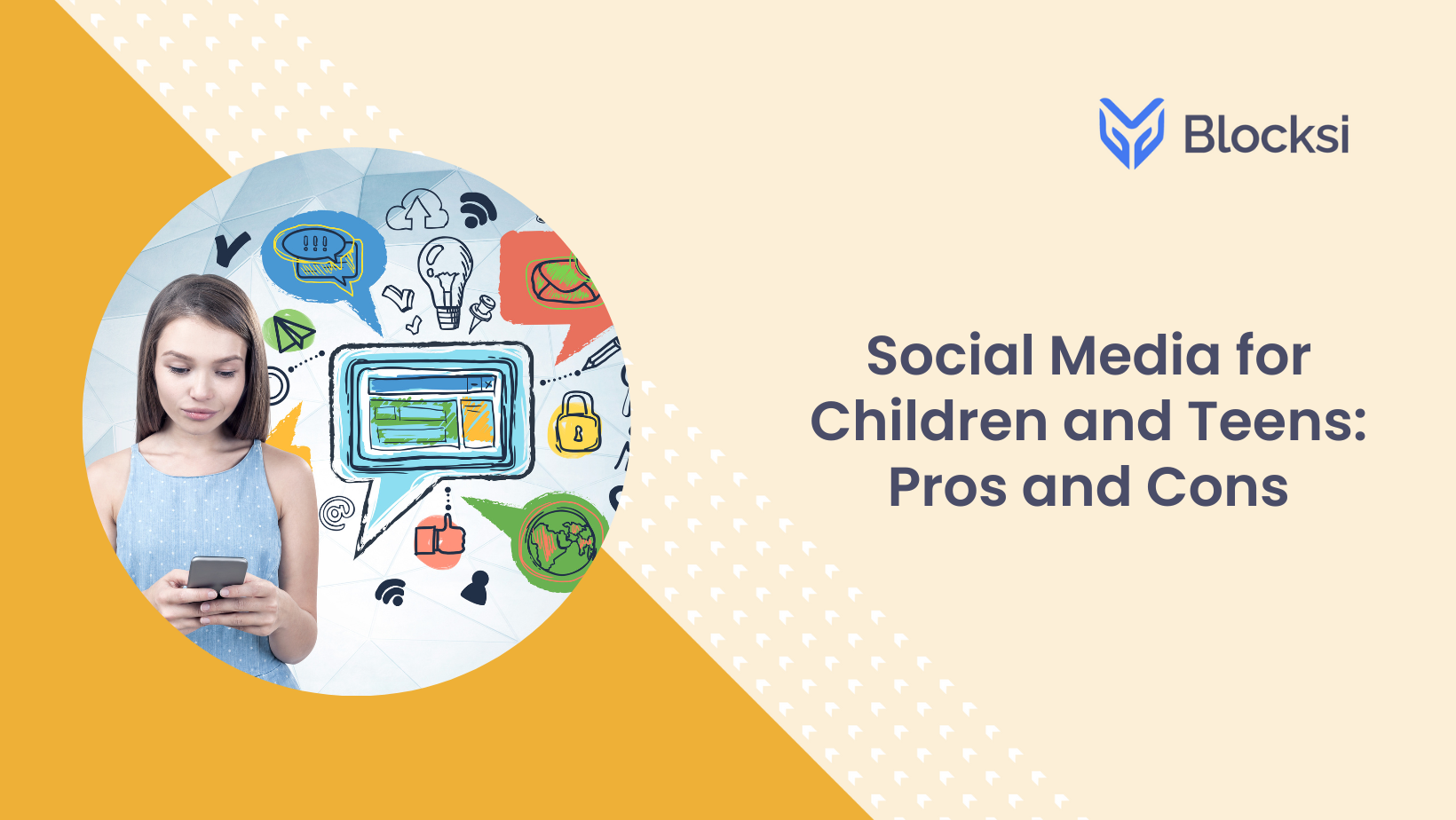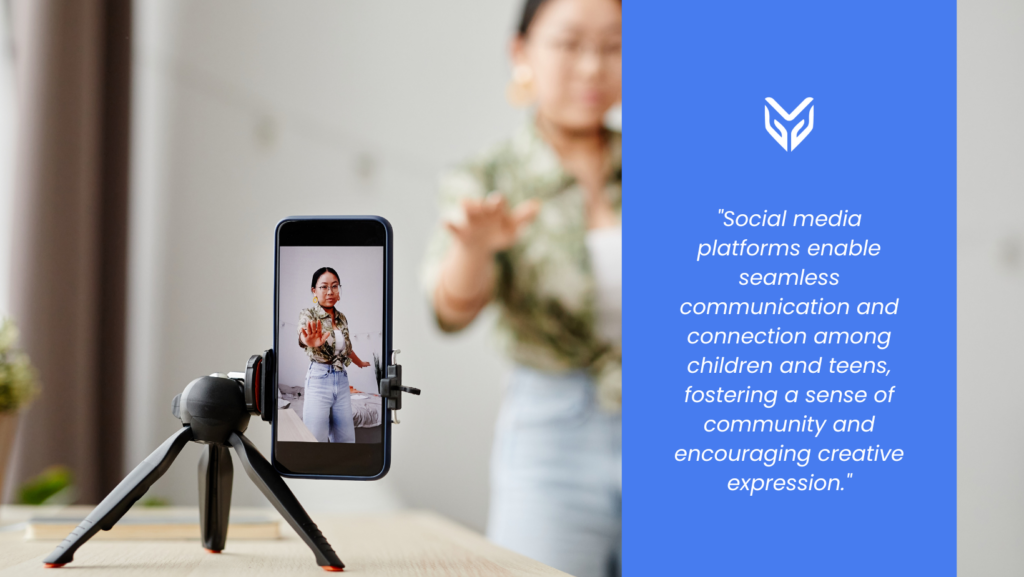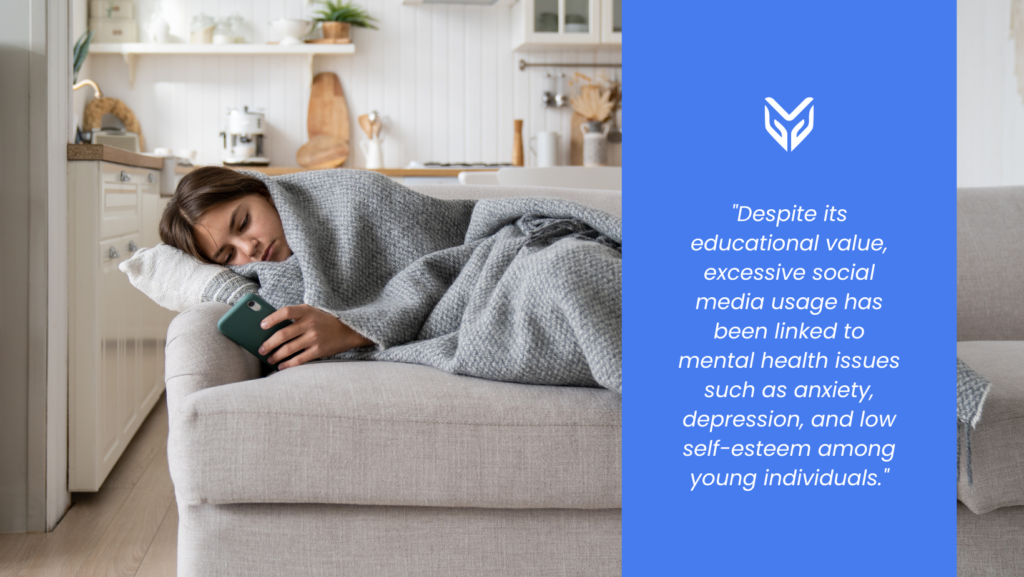NEWS
Social Media for Children and Teens: Pros and Cons

Nowadays, the influence of social media on children and teenagers is undeniable. Thus, we must grasp both the positive and negative effects of social media engagement among young individuals. Social media’s impact on youth is many-sided, from facilitating communication and stimulating creativity to potential hazards like cyberbullying and exposure to inappropriate content. These are some of the advantages and disadvantages of social media use among children and teenagers, as well as insights to assist educators and parents in navigating this terrain effectively.
According to Gallup News, 51% of U.S. teenagers spend at least four hours daily on social apps like YouTube, TikTok, and Instagram. Across age groups, the average time spent on social media ranges from as low as 4.1 hours per day for 13-year-olds to 5.8 hours per day for 17-year-olds.
Pro #1: Enhancing Connectivity and Creativity
Social platforms enable seamless communication and connection among children and teens, fostering a sense of community and encouraging creative expression. Through platforms like Instagram and TikTok, young users can share experiences, ideas, and artwork, nurturing their creativity and interpersonal skills.

Con #1: Addressing Cybersecurity Risks
However, social media’s pervasive nature also exposes children and teens to cybersecurity risks such as cyberbullying, online harassment, and exposure to inappropriate content. Malicious actors may exploit these platforms’ anonymity, posing threats to student online safety and well-being.
Pro #2: Access to Educational Resources
Social media can be a rich repository of educational content, offering children and teens access to a diverse range of learning materials. Platforms like YouTube and TikTok host educational videos and tutorials, supplementing traditional classroom learning and fostering peer-to-peer collaboration.
Find out how you can ensure students’ access to YouTube is safe and appropriate for learning purposes. 🎥
Con #2: Mental Health Concerns
Despite its educational value, excessive social media usage has been linked to mental health issues such as anxiety, depression, and low self-esteem among young individuals. The curated nature of social media feeds can lead to unrealistic comparisons and negative self-perceptions, impacting overall well-being.

According to Etacticts, adolescents who spend more than 3 hours daily on social media face increased mental health risks. 12-17-year-olds report 13% depression and 32% anxiety, while 18-25-year-olds, with significant social media usage, 25% report mental illness.
Pro #3: Fostering Global Awareness
Social media enables children and teens to engage with global issues and perspectives, broadening their worldviews and promoting cultural understanding. Platforms like Twitter and Facebook facilitate discussions on social and political issues, encouraging critical thinking and civic engagement.
Con #3: Privacy and Data Security
However, privacy and data security concerns loom large in the virtual universe. Children and teens may unwittingly share personal information or fall victim to data breaches and online scams, highlighting the importance of safeguarding their privacy and digital identity.

Harnessing Positive Effects of Social Media While Protecting Children and Teens
We can address technology overuse and abuse through various strategies. One is limiting and monitoring usage through an all-in-one tool, such as Blocksi.
With Blocksi, educators and tech directors can:
- monitor students’ screen activity in real-time, ensuring appropriate usage and minimizing distractions during lessons
- block access to non-educational content with content filtering, fostering focused learning conducive to academic success
- detect potential threats, such as harmful content and cyberbullying, by scanning students’ online spaces with our double K-12 threat detection.
This ensures students’ time spent in front of the screens is focused, beneficial for their learning and growth, and above all safe. Whether we like it or not, social media and technology have become ubiquitous in children’s lives in 2024. We must recognize this reality and highlight the positive contributions of technology while ensuring safety measures are in place.
SOURCES
[1] Teens Spend Average of 4.8 Hours on Social Media Per Day
[2] 40+ Frightening Social Media and Mental Health Statistics





